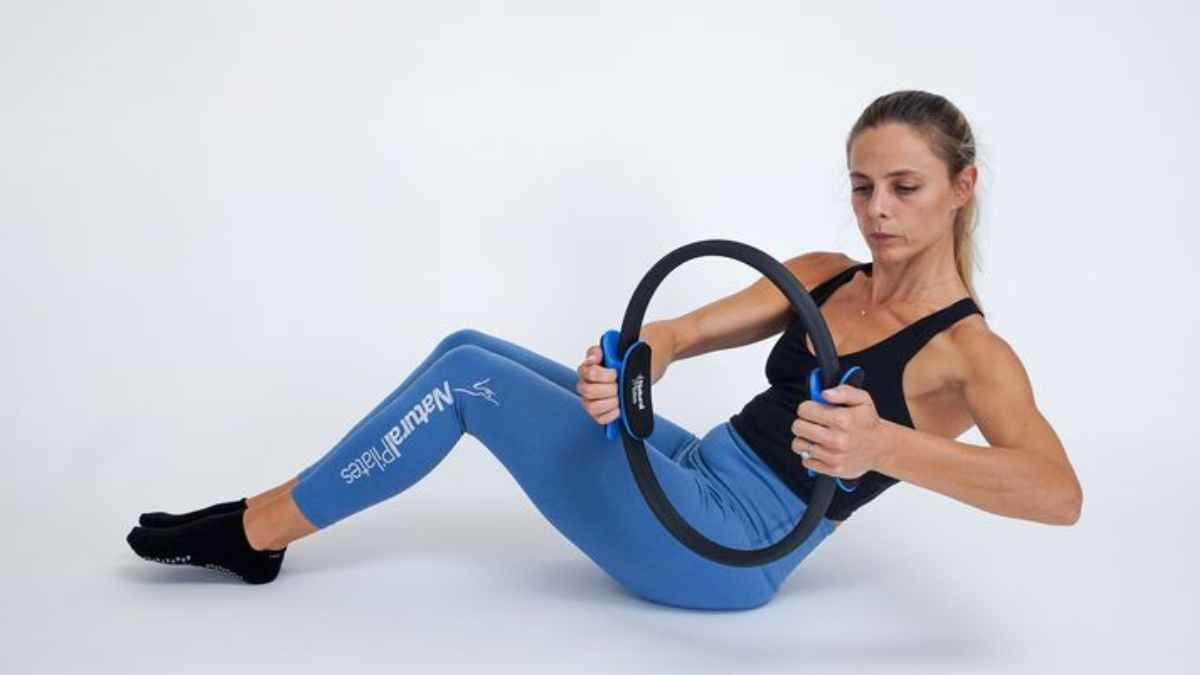If you’re looking to enhance your fitness routine, Pilates offers a fantastic way to improve core strength and power. With an emphasis on control, precision, and fluidity, core Pilates exercises help build a strong foundation that benefits your entire body. This blog post will delve into several techniques to help you maximize your core strength and power, with a special focus on Pilates for women.
Contents
The Fundamentals of Pilates
The Six Pilates Principles
Understanding the underlying principles of Pilates is essential for maximizing the benefits of your practice. These six principles form the basis of all core strength Pilates exercises:
- Centering – Focus on engaging your “powerhouse”—the deep muscles of your abdomen, lower back, and pelvic floor.
- Control – Maintain control over each movement to ensure proper muscle engagement and prevent injury.
- Concentration – Be fully present and aware of your body’s movements and sensations throughout each exercise.
- Precision – Prioritize the quality of each movement, rather than speed or quantity.
- Breath – Coordinate your breath with each movement to support muscle engagement and relaxation.
- Flow – Strive for smooth, fluid transitions between exercises to create a seamless workout.
Proper Body Alignment and Posture
In addition to the six principles, maintaining proper alignment and posture during your Pilates practice is crucial. This will not only help you perform each exercise more effectively but also minimize the risk of injury. Focus on engaging your core, keeping your spine in a neutral position, and aligning your hips, knees, and ankles throughout each exercise.
Pilates Techniques for Core Strength
The Hundred
The Hundred is a classic Pilates exercise that targets the abdominals and helps improve core strength. Here’s how to perform this effective technique:
- Lie on your back with your legs in a tabletop position (knees bent at a 90-degree angle and directly over your hips).
- Lift your head, neck, and shoulders off the mat, extending your arms by your sides.
- Pump your arms up and down while inhaling for five counts and exhaling for five counts.
- Continue for 10 full breath cycles, totaling 100 counts.
For beginners, you can modify this exercise by keeping your head and shoulders on the mat. As you progress, extend your legs to a 45-degree angle for an added challenge.
The Plank
The Plank is a fundamental core-strengthening exercise that targets multiple muscle groups, including the abs, lower back, and shoulders. To perform the Plank correctly, start in a push-up position with your hands directly under your shoulders.
Next, engage your core and glutes, ensuring that your body forms a straight line from head to toe. Hold this position for 30 seconds to one minute, concentrating on your breath and maintaining proper alignment throughout the exercise. For a more challenging variation, consider trying the forearm plank or lifting one leg at a time.
The Teaser is an iconic Pilates exercise that strengthens the entire core, emphasizing balance and control. To perform this exercise:
- Start by lying on your back with your legs extended and arms overhead.
- Inhale as you lift your head, neck, and shoulders, and simultaneously lift your legs, keeping them straight.
- Reach your arms towards your toes, maintaining a V-shaped position with your torso and legs.
- Hold for a few breaths, then slowly lower back down to the starting position.
Beginners can modify this exercise by bending their knees or keeping their feet on the ground. As you become more advanced, try variations like the Teaser with a twist.
The Scissor
The Scissor exercise is a dynamic core Pilates technique that engages the abdominals while simultaneously increasing flexibility in the hamstrings. For Pilates beginners, consider modifications such as bending your knees or keeping your head and shoulders on the mat.
To perform this exercise, begin by lying on your back and extending both legs upward toward the ceiling. Place your hands behind your head, with elbows wide, and lift your head, neck, and shoulders off the mat. Lower your left leg toward the ground, keeping your right leg extended upward and both legs straight. Scissor-switch your legs in mid-air, using your core to control the movement. Repeat this process, alternating legs for 10-12 repetitions on each side.
The Double Leg Stretch
The Double Leg Stretch is a powerful Pilates technique that challenges the entire core while also promoting coordination and fluidity. To execute this exercise:
- Lie on your back with your knees bent toward your chest and your hands holding your shins.
- Lift your head, neck, and shoulders off the mat, gazing toward your navel.
- Inhale as you extend both legs straight out at a 45-degree angle while simultaneously reaching your arms overhead.
- Exhale as you circle your arms around to your shins, returning to the starting position.
- Repeat for 8-10 repetitions.
To accommodate different fitness levels, modify the exercise by decreasing the range of motion or keeping your head and shoulders on the mat.
Incorporating this Pilates techniques into your fitness routine can significantly improve your core strength and power, offering a range of benefits for overall health and wellbeing. Remember to focus on the fundamentals of Pilates, including the six principles and proper alignment, while incorporating the exercises detailed in this guide. With consistency and dedication, you’ll soon experience the transformative effects of Pilates on your body and mind.

